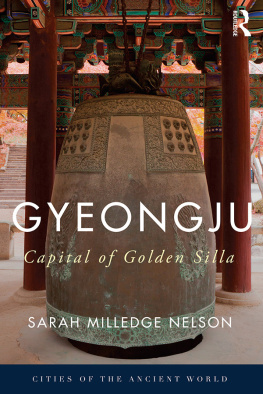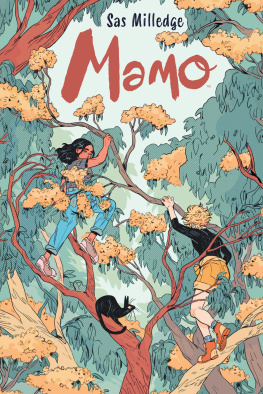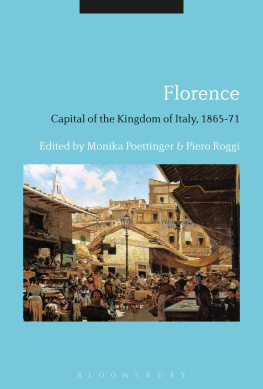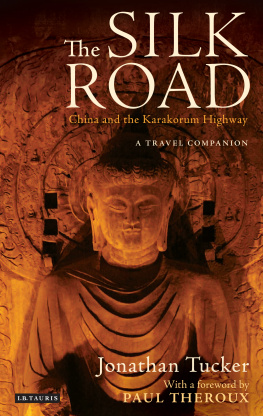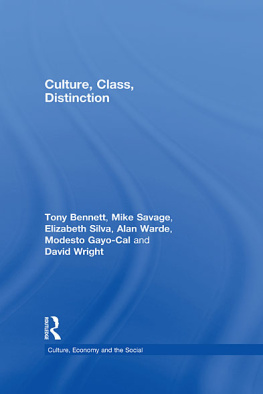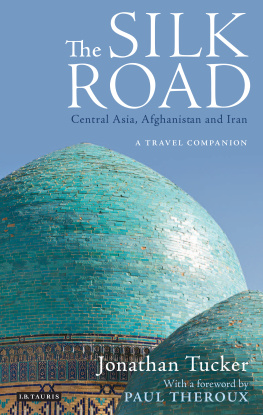
p.i
Gyeongju
The Capital of Golden Silla
Gyeongju, the capital of the ancient Korean kingdom of Silla, is known for its majestic gold crowns and earrings excavated from mounded tombs. Recent archaeological findings from Silla sites demonstrate a culture that extends far beyond these gold adornments. Nelsons book highlights the implications of archaeological contexts and gendered perspectives to shed light on the intersection of archaeology and written texts. This book is an excellent addition to the field, challenging genderless perspectives of material culture in the study of early historic Asia.
Professor Junko Habu, University of California at Berkeley, USA
Gyeongju, the capital of the Kingdom of Silla, grew from a loose confederation of villages called Saro, to become the capital of most of the Korean peninsula. Its relationships with Japan, the Eurasian Steppes, and countries along the Silk Road leading to Europe helped to make the city one of the most prosperous and significant in ancient East Asia. In this seminal new volume, Sarah Milledge Nelson draws on over 30 years experience to offer the first complete history of this fascinating city. Gyeongju explores culture, class and rank, industry, international relations, rulers, and socio-cultural issues such as gender, and examines in detail the complex systems of class and rank, Gyeongjus position as the royal seat of Silla, and the influence and legacy of the ancient city.
Excavations in Gyeongju have provided evidence not only of the wealth and power of the monarchy, but also of production and agriculture, and the reach of Gyeongjus trade routes, making this city a fascinating case study for the region. Augmented with an extensive range of maps and images which illustrate the citys rich history, this volume is crucial reading for anyone interested in the city, the kingdom of Silla, the history and archaeology of Korea, and early urbanism and state formation in East Asia.
Sarah Milledge Nelson is Distinguished Professor of Anthropology at the University of Denver, USA. Some of her authored books are: The Archaeology of Korea; Shamans, Queens and Figurines; and Spirit Bird Journey, a novel about Korean archaeology, as well as several other books and journal articles. She has been working in Korean archaeology since 1970.
p.ii
Cities of the Ancient World
Cities of the Ancient World examines the history, archaeology and cultural significance of key cities from across the ancient world, spanning northern Europe, the Mediterranean, Africa, Asia and the Near East. Each volume explores the life of a significant place, charting its developments from its earliest history, through the transformations it experienced under different cultures and rulers, to its later periods. These texts offer academics, students and the interested reader comprehensive and scholarly accounts of the life of each city.
Damascus Ross Burns
Miletos Alan Greaves
Aleppo Ross Burns
Forthcoming:
Cdiz Benedict Lowe
Ebla Paolo Matthiae
Carlisle Mike McCarthy
Palmyra Michael Sommer
Elis Graham Bourke
Carthage Dexter Hoyos
Memphis, Babylon, Cairo David Jeffreys and Ana Tavares
Paphos Scott Moore
Antioch Andrea De Giorgi and Asa Eger
Salamis Giorgos Papantoniou
p.iii
Gyeongju
The Capital of Golden Silla
Sarah Milledge Nelson

p.iv
First published 2017
by Routledge
2 Park Square, Milton Park, Abingdon, Oxon OX14 4RN
and by Routledge
711 Third Avenue, New York, NY 10017
Routledge is an imprint of the Taylor & Francis Group, an informa business
2017 Sarah Milledge Nelson
The right of Sarah Milledge Nelson to be identified as author of this work has been asserted by him/her in accordance with sections 77 and 78 of the Copyright, Designs and Patents Act 1988.
All rights reserved. No part of this book may be reprinted or reproduced or utilised in any form or by any electronic, mechanical, or other means, now known or hereafter invented, including photocopying and recording, or in any information storage or retrieval system, without permission in writing from the publishers.
Trademark notice: Product or corporate names may be trademarks or registered trademarks, and are used only for identification and explanation without intent to infringe.
British Library Cataloguing-in-Publication Data
A catalogue record for this book is available from the British Library
Library of Congress Cataloging-in-Publication Data
Names: Nelson, Sarah M., 1931
Title: Gyeongju: the capital of Golden Silla / Sarah Milledge Nelson.
Description: Milton Park, Abingdon, Oxon: Routledge, 2016. | Series: Cities of the ancient world | Includes bibliographical references and index.
Identifiers: LCCN 2015041387| ISBN 9781138778702 (hardback: alkaline paper) | ISBN 9781315627403 (ebook)
Subjects: LCSH: Kyongju-si (Korea) History. | Kyongju-si (Korea) Antiquities. | Kyongju-si (Korea) Social life and customs. | City and town life Korea (South) Kyongju-si History To 1500. | Kyongju-si (Korea) Politics and government. | Silla (Kingdom) History. | Korea History To 935.
Classification: LCC DS925.K9 N45 2016 | DDC 951.9/01dc23
LC record available at http://lccn.loc.gov/2015041387
ISBN: 978-1-138-77870-2 (hbk)
ISBN: 978-1-315-62740-3 (ebk)
Typeset in Times New Roman
by Swales & Willis Ltd, Exeter, Devon, UK
p.vi
p.vii
p.viii
I have been fascinated with the polity of Silla since I first visited the museum in Gyeongju and learned that gold crowns had been unearthed from burials under giant mounds; even more intriguing to me was the fact that the woman with the finest crown of all was an unknown queenor at least a personage not found in the recorded histories as a queen. I have written several papers and chapters about that mysterious queen, and in the process I have acquired an ever-expanding knowledge of the Silla polity over the two decades that I have been prodding this particular conundrum.
While learning more about both the archaeology and the history of Gyeongju as the seat of the Silla polity, I discovered that Silla was a polity unlike the other two of Koreas historic Three Kingdoms: Baekje and Goguryeo. State formation trajectories were varied in Korea. One pattern, one explanation, does not suit all of the Three Kingdoms. Thus, this book became both a description of the city of Gyeongju and an investigation of the roots of Sillas differences from Baekje and Goguryeo.
It has been observed (by too many Korean archaeologists to name them all) that not only did the mounded tombs in Silla and their contents apparently spring up on Gyeongju soil without local precedent, but the astounding amount of gold used for adornment of the Silla dead also had no antecedents. While some archaeologists continue to look for a developmental trajectory in Gyeongju (which I acknowledge also can be found), the exogenous nature of the tombs that begin to appear in the third century is not easy to explain under that paradigm alone.
My hope for this book was to explore the various kinds of information that should inform our understandings of early states, as well as to try to picture Gyeongju as it grew and changed through the ten centuries that it served as a capital city. Therefore, it became tempting to search for a migratory group or an invading force, but I needed to explore more thoroughly both the archaeology and the histories of the Silla polity. The fierce discussions over the horse-riders that it has been suggested dashed through Korea on their way to Japan advocated a cautious approach. However, as I am an archaeologist rather than a historian, I tend to prefer archaeological evidence. Archaeological tidbits discovered by the unearthed history have led to new perspectives on the ethnicity of the people buried in the mounded tombs.
Next page
